Saint Petersburg, often referred to as the “Venice of the North,” has a rich and fascinating history of urban development. Here is an overview of the key phases in the city’s history:
Foundation and Early Development:
- Foundation (1703): Saint Petersburg was founded by Tsar Peter the Great on May 27, 1703, with the intent of making it the new capital of Russia. The strategic location at the mouth of the Neva River on the Baltic Sea facilitated trade and maritime access.
- Architectural Vision: Peter the Great invited architects from Western Europe to design the city, resulting in a blend of European architectural styles. Italian architect Domenico Trezzini played a significant role in shaping the early layout of the city.
Baroque and Neoclassical Period (18th Century):
- Baroque Architecture: The 18th century saw the construction of many grand Baroque-style buildings, including the Peter and Paul Fortress, the Winter Palace, and the Admiralty.
- Nevsky Prospekt: The main avenue, Nevsky Prospekt, became the central thoroughfare, lined with shops, palaces, and churches, and remains a vibrant part of the city today.
Imperial Capital (18th-19th Centuries):
- Expansion: Under the rule of Empresses Elizabeth and Catherine the Great, the city expanded further. Notable structures like the Smolny Cathedral and the Catherine Palace in nearby Pushkin were built during this period.
- Winter Palace and Hermitage: The Winter Palace, now part of the Hermitage Museum, was expanded and became the main residence of the Russian tsars.
19th Century Urban Planning:
- Alexander I and Neoclassicism: The reign of Alexander I in the early 19th century saw a shift towards Neoclassical architecture. The Kazan Cathedral and the Alexander Column on Palace Square are prime examples.
- Canal Network: The city’s canal network, reminiscent of Venice, was expanded during this period, adding to its distinctive character.
Soviet Era:
- Renaming and Revolution: In 1914, the city’s name was changed to Petrograd due to anti-German sentiment during World War I and later to Leningrad after the death of Vladimir Lenin. The October Revolution of 1917 had a profound impact on the city’s development.
- Block Housing: The Soviet era brought a shift in urban planning, with the construction of large apartment blocks to accommodate the growing population. The city’s infrastructure was also expanded during this time.
Post-Soviet Period:
- Return to Saint Petersburg: After the collapse of the Soviet Union, the city reclaimed its historic name, Saint Petersburg, in 1991. The restoration and preservation of historical landmarks became a priority.
- Economic Changes: The city experienced economic challenges in the post-Soviet period, but efforts were made to attract tourism and investment. The historic center was designated a UNESCO World Heritage Site in 1990.
Modern Development:
- Preservation and Modernization: Saint Petersburg continues to balance the preservation of its historical heritage with modern development. Investments in infrastructure, cultural institutions, and tourism have played a key role in shaping the city’s contemporary landscape.
Saint Petersburg’s history of urban development reflects the city’s evolution from a strategic fortress to a cultural and architectural gem, blending Western and Russian influences over the centuries. The city’s unique character, with its canals, palaces, and cultural institutions, continues to attract visitors from around the world.

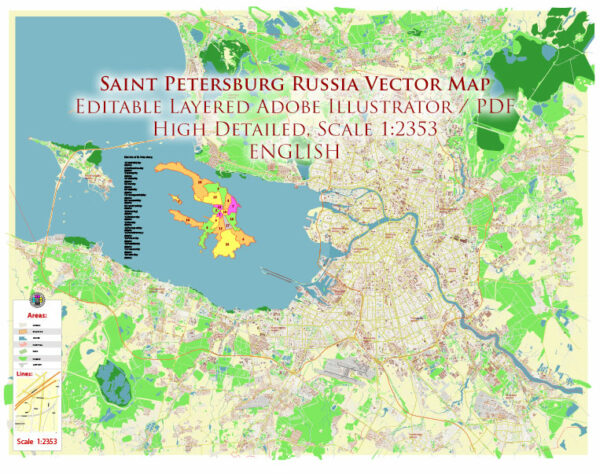
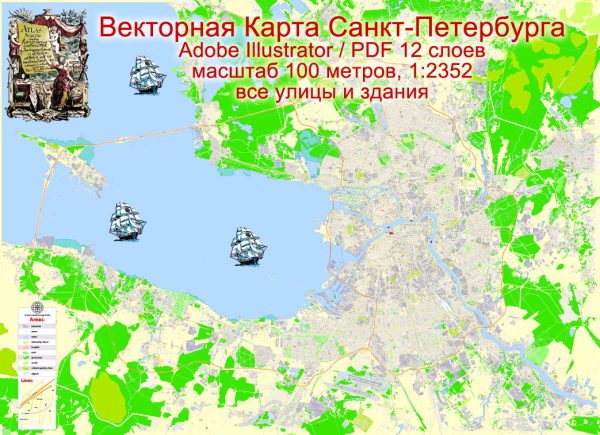
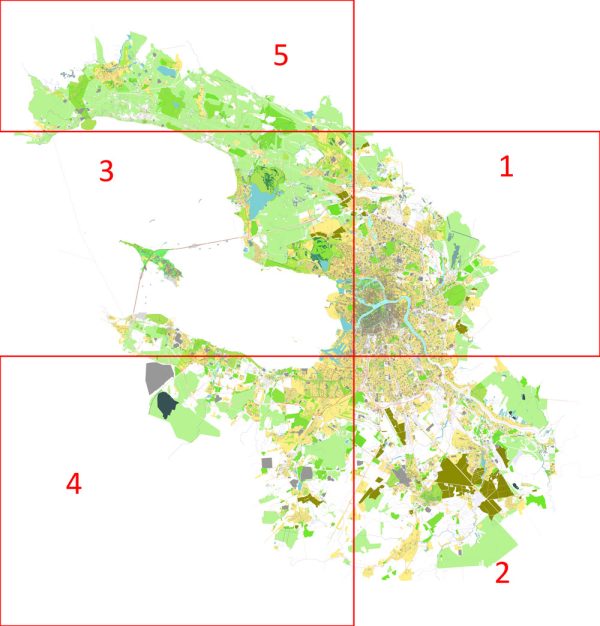
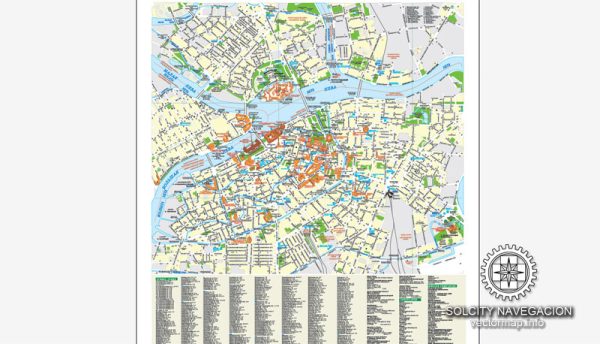
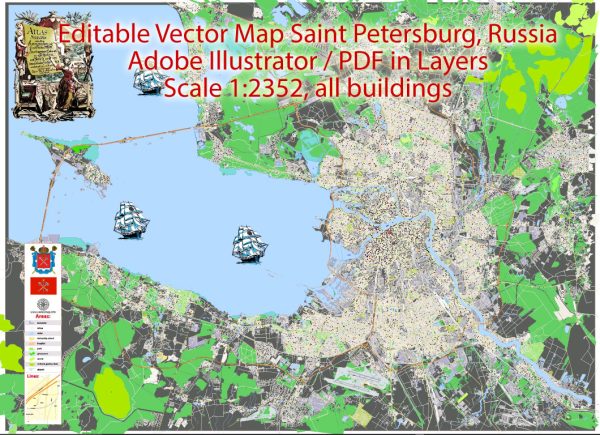
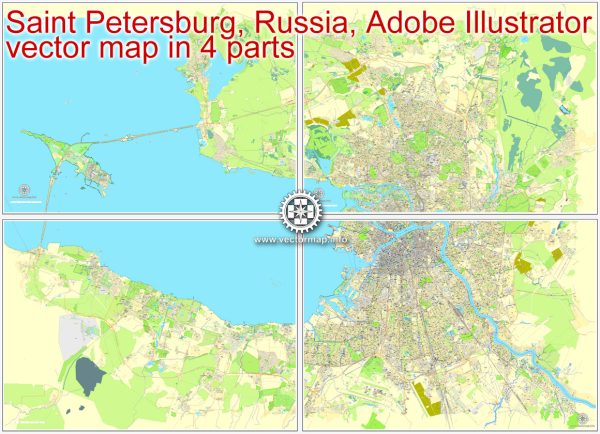
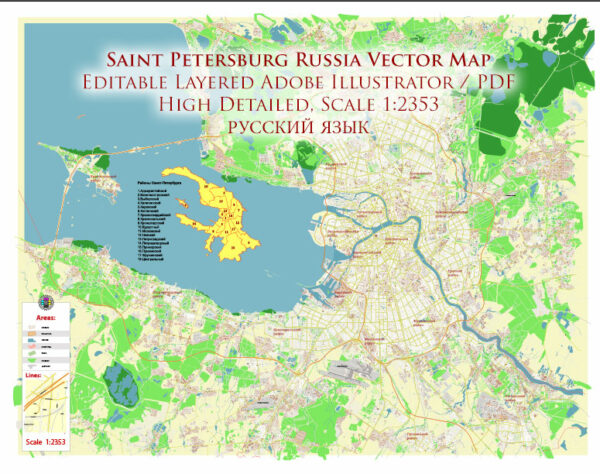
 Author: Kirill Shrayber, Ph.D.
Author: Kirill Shrayber, Ph.D.